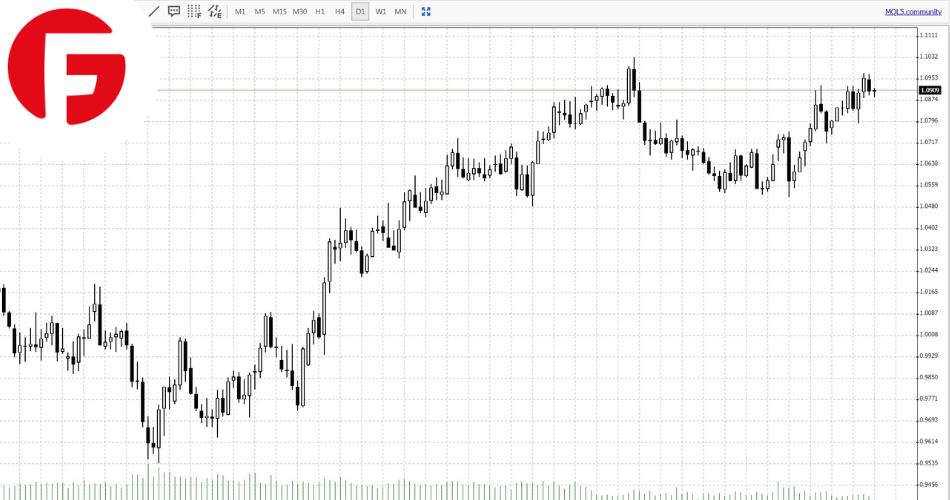EUR/USD
The Euro faces continued selling pressure this morning around the 1.090 level following a failed attempt to test the 1.1000 psychological level yesterday. We have seen a slight shift in sentiment over the last day and a half which has resulted in modest gains for the US Dollar as traders snap up the world’s most popular currency as a safe haven bet.
The modest gains recorded by the US Dollar have come despite labour market data showing signs of a slowdown with the Jolts job openings figure dropping below 10 million for the first time since May 2021 while the ADP data missed estimates yesterday.
Also not helping the Euro was the release of data out of the S&P global construction PMI dropped to 45.0 in March from 47.6 in February the sharpest decline in 3 months. New business meanwhile declined at its fastest rate since December with the rate of job losses the strongest since September 2022. Input cost inflation showed signs of a slowdown in what can be seen as a positive. The decline in all other areas could be a sign of the lagging effect of the ECBs hiking cycle and could stoke fears of a recession should the ECB follow up on its ongoing hawkish rhetoric of late.
The focus now for the EUR/USD currency pair will be the release of the Non farm payrolls report tomorrow from the US which is definitely the largest employment health indicator in the world’s biggest economy.
 Analysts expect the U.S. added 239,000 jobs in March after the 311,000 increase in February. The unemployment rate is expected to stay at 3.6% while closely watched average hourly earnings are seen rising 0.3% month-over-month and 4.3% year-over-year. Finally, labour force participation is seen at 62.4%.
Analysts expect the U.S. added 239,000 jobs in March after the 311,000 increase in February. The unemployment rate is expected to stay at 3.6% while closely watched average hourly earnings are seen rising 0.3% month-over-month and 4.3% year-over-year. Finally, labour force participation is seen at 62.4%.
If analysts are correct, the data will show a continuing resilient jobs market which will likely support the dollar against the Euro as expectations frow the Fed is not done with raising rates just yet.
"This should help refocus the Fed on the need to continue to raise rates amidst a still-tight labour market. While this could help solidify a like rate hike in May, it will likely take many weeks of consistently strong inflation and activity data for markets to price out expectations for rate cuts, let alone reprice expectations for hikes. Markets are also likely to be particularly sensitive to downside surprises in all data over the coming weeks," said economists from CITI.